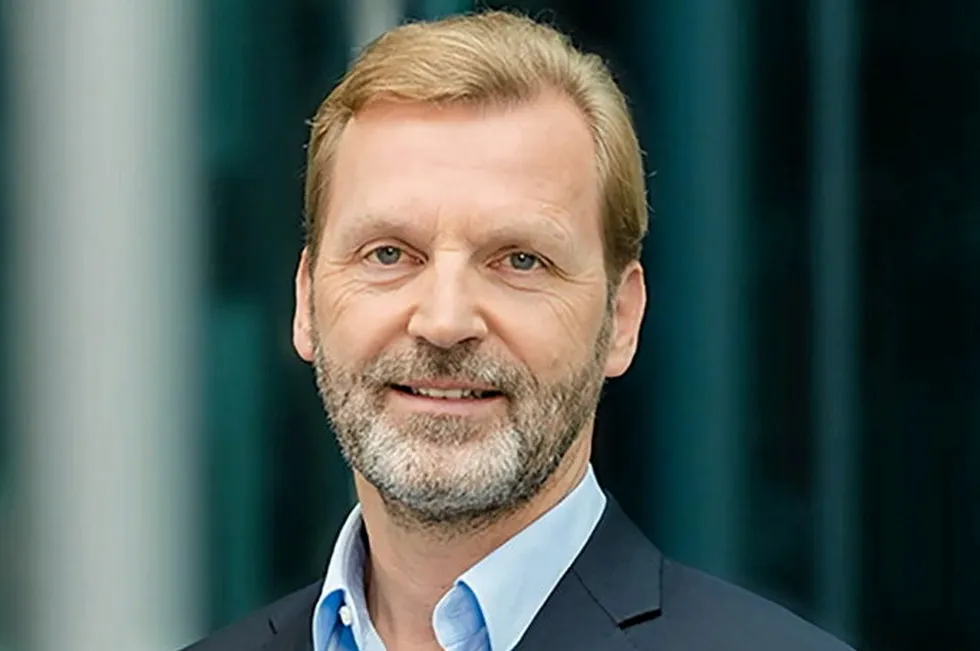'Not hydrogen-ready' | Germany is falling short on reaching its 2030 H2 targets, warns E.ON
Lack of regulatory visibility, slow permitting and poor fiscal support all responsible for industry’s underperformance, utility says

Lack of regulatory visibility, slow permitting and poor fiscal support all responsible for industry’s underperformance, utility says
